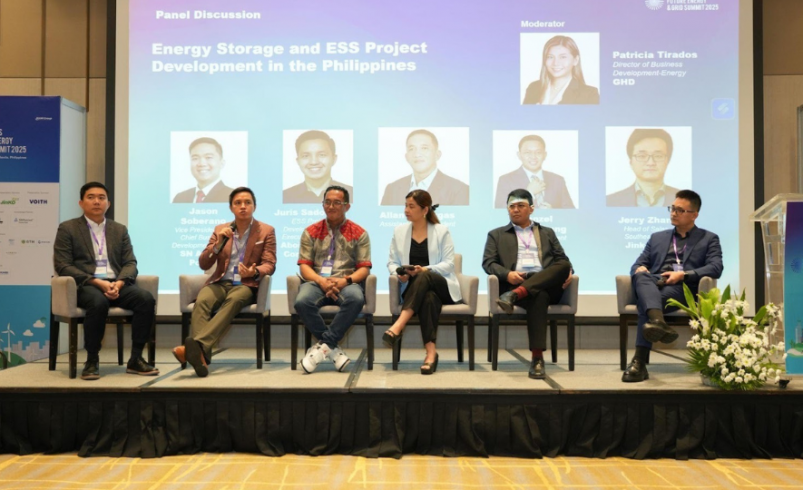‘Flexibillity’ key as Philippines ramps up energy storage –AboitizPower VP
- October 23, 2025
- 0

The Philippines’ transition to renewable energy hinges on flexibility in deploying energy storage systems, AboitizPower executive Juris Sadornas said during a panel discussion at the 2nd Philippines Future Energy and Grid Summit.
“We’ve seen in the past certain countries where they focus on a certain technology, but the industry moves so fast. Energy storage systems make renewable energy dispatchable and dependable,” said Sadornas, VP for Energy Storage Systems at AboitizPower, “It’s really about how fast and agile our technical teams can mobilize and design so that we can put out these batteries on the ground.”
Sadornas’ remarks underline the urgency for the Philippines, which faces fragmented grid systems and ambitious renewable energy goals. The Philippine Energy Plan 2023–2050 projects that the country will need over 466 GWh of energy storage by 2040 and more than 1,021 GWh by 2050 to accommodate growing solar and wind capacities.
Energy storage, which captures surplus electricity for later use, addresses intermittency issues and strengthens grid reliability, especially as renewable penetration rises.
“For each of the countries, not only those with less advanced infrastructure, but also in China, the grid cannot consume all of the renewable energy,” said Charles Teng, Head of Jinko ESS Solutions. “So energy storage installations in the next couple of years absolutely are going to be a big trend for renewable energy to continue to grow.”
Through its Transition Business Group, AboitizPower is also investing in smart power plants and other innovation-driven projects to integrate renewables while ensuring stable electricity supply. “AboitizPower has recognized early on that this is not just about batteries. That’s why my team is called ESS, not BESS,” Sardonas added.
The company operates one of the Philippines’ largest power portfolios, including hydroelectric, geothermal, solar, and thermal plants, as well as distribution utilities in Luzon, Visayas, and Mindanao.
How can the Philippines accelerate energy storage deployment while ensuring it remains cost-effective and technically reliable for its fragmented grid?
Follow Power Philippines on Facebook and LinkedIn or join our Viber community for more updates.